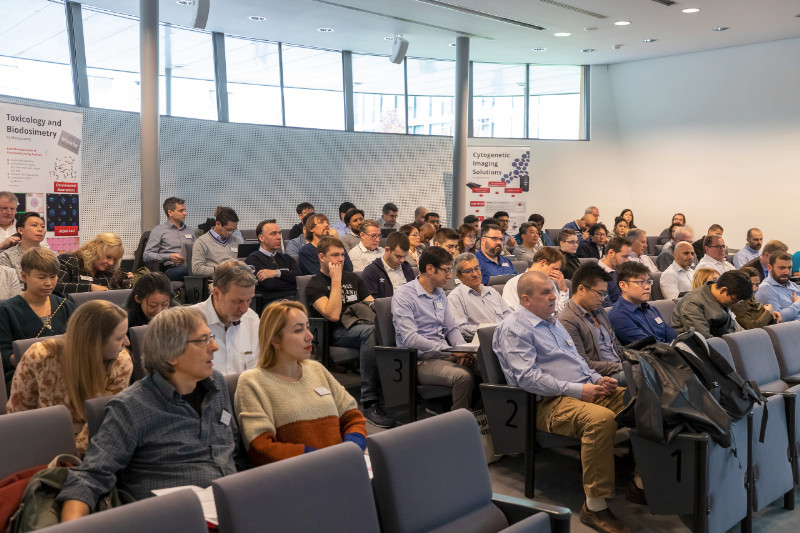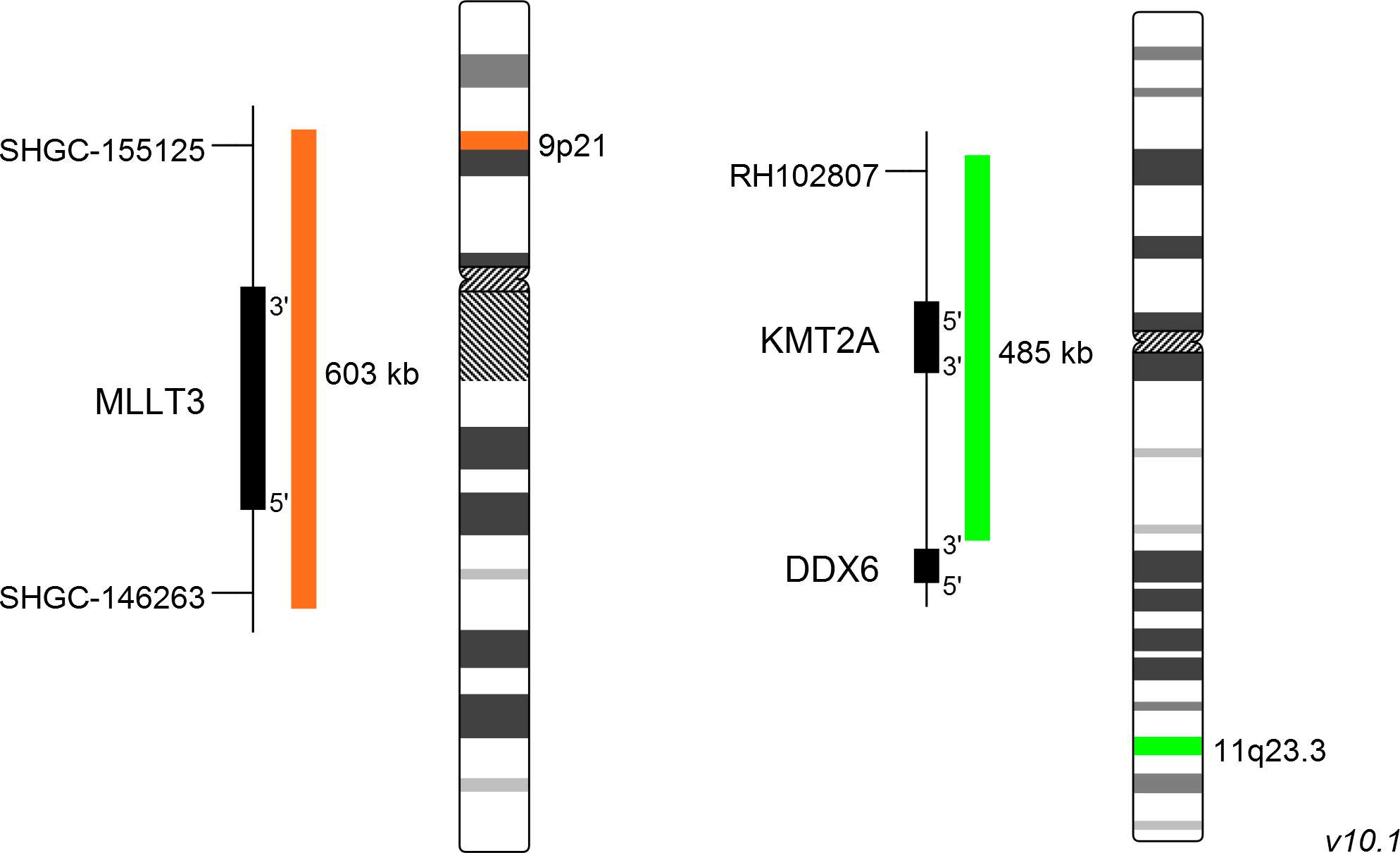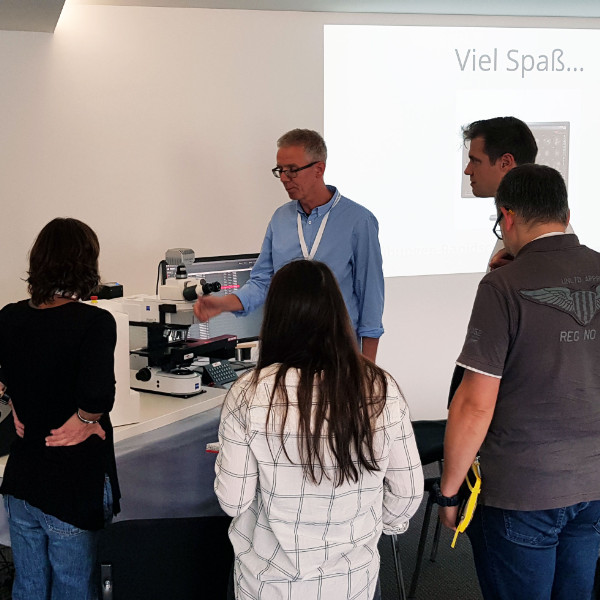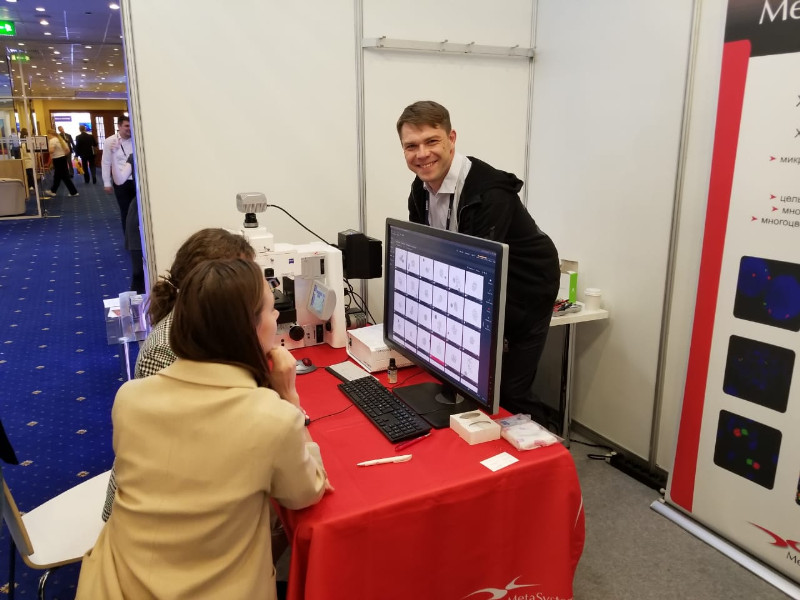About 100 guests from 36 countries met on the XVIII. MetaSystems Distributor Meeting (DM) in November to exchange experiences and to get to know new trends and developments at MetaSystems.

Our internet site may contain information that is not approved in all countries or regions. To ensure accuracy of content, please select your country/region of residence. Choose International if your country is not listed.
This information will be saved using cookies. To find out more about cookies, read our Privacy Policy.
Please select your country of residence. Choose International if your country is not listed.
Our internet site may contain information that is not approved in all countries or regions. To ensure accuracy of content, it is required that you select the site which is appropriate for your country of residence.
Based on your previous selection, you have been forwarded to the website for International.
MetaSystems Probes has already certified a large part of its portfolio, according to IVDR. For organizational reasons, we currently provide only the IVDD product.
Discover all IVDR-certified products
XL t(9;11) MLLT3/KMT2A DF consists of an orange-labeled probe hybridizing to the MLLT3 gene region at 9p21 and a green-labeled probe hybridizing to the KMT2A gene region at 11q23.3.
Probe maps are created in accordance with the intended purpose of the product. Solid colored bars do not necessarily indicate that the probe fully covers the indicated genomic region. Therefore, caution is advised when interpreting results generated through off-label use. Probe map details based on UCSC Genome Browser GRCh37/hg19. Map components not to scale. Further information is available on request.
The KMT2A (formerly MLL) gene, located on chromosome 11q23, is rearranged in about 10% of all acute leukemia patients. Most of them suffer from acute lymphoblastic leukemia (ALL) or acute myeloid leukemia (AML), only a minority shows mixed lineage leukemia which has given the gene its original name ´MLL´. In infants, the incidence of KMT2A rearrangements in leukemia is 70-80%. KMT2A encodes a nuclear protein with methyltransferase activity and is part of multiprotein complexes involved in the regulation of target genes essential during early development and hematopoiesis. Today, more than 80 translocation partners of KMT2A have been identified. Translocations are resulting in in-frame fusions between the KMT2A part N-terminal to the breakpoint cluster region and the respective fusion partners. The most common translocation partners in KMT2A associated leukemia are, in the order of their prevalence, AFF1, MLLT3, MLLT1, MLLT10, ELL and AFDN.
KMT2A is involved in about 3-5% of adult de novo AML cases and the most common aberration in this subgroup is t(9;11)(p22;q23) involving the MLLT3 gene. Pediatric patients carrying this aberration do have a favorable outcome which is comparable to AML patients without KMT2A involvement. FISH is described as a reliable method for the identification of t(9;11).

Normal Cell:
Two green (2G) and two orange (2O) signals.

Aberrant Cell (typical results):
One green (1G), one orange (1O) and two green-orange fusion (2GO) (adjacent green and orange) signals.
Certificate of Analysis (CoA)
or go to CoA DatabaseNeon, the outstanding MetaSystems case and image management system, offers many tools and helpful gadgets to streamline routine workflows, for example in cytogenetics labs. The second MetaSystems User Day, addressed to MetaSystems clients from Germany, Austria, and Switzerland, provided in different workshops knowledge helping to unleash the full power of the system.

The Congress 'Genetics of XXI Century' in Moscow, Russia (May 2019) has been one of the most important events for the professional international community of geneticists. Our partner company in Russia OOO MetaSystems considered it a good occasion to present the new camera CoolCube 4 connected to a state-of-the-art Neon system to the public.
